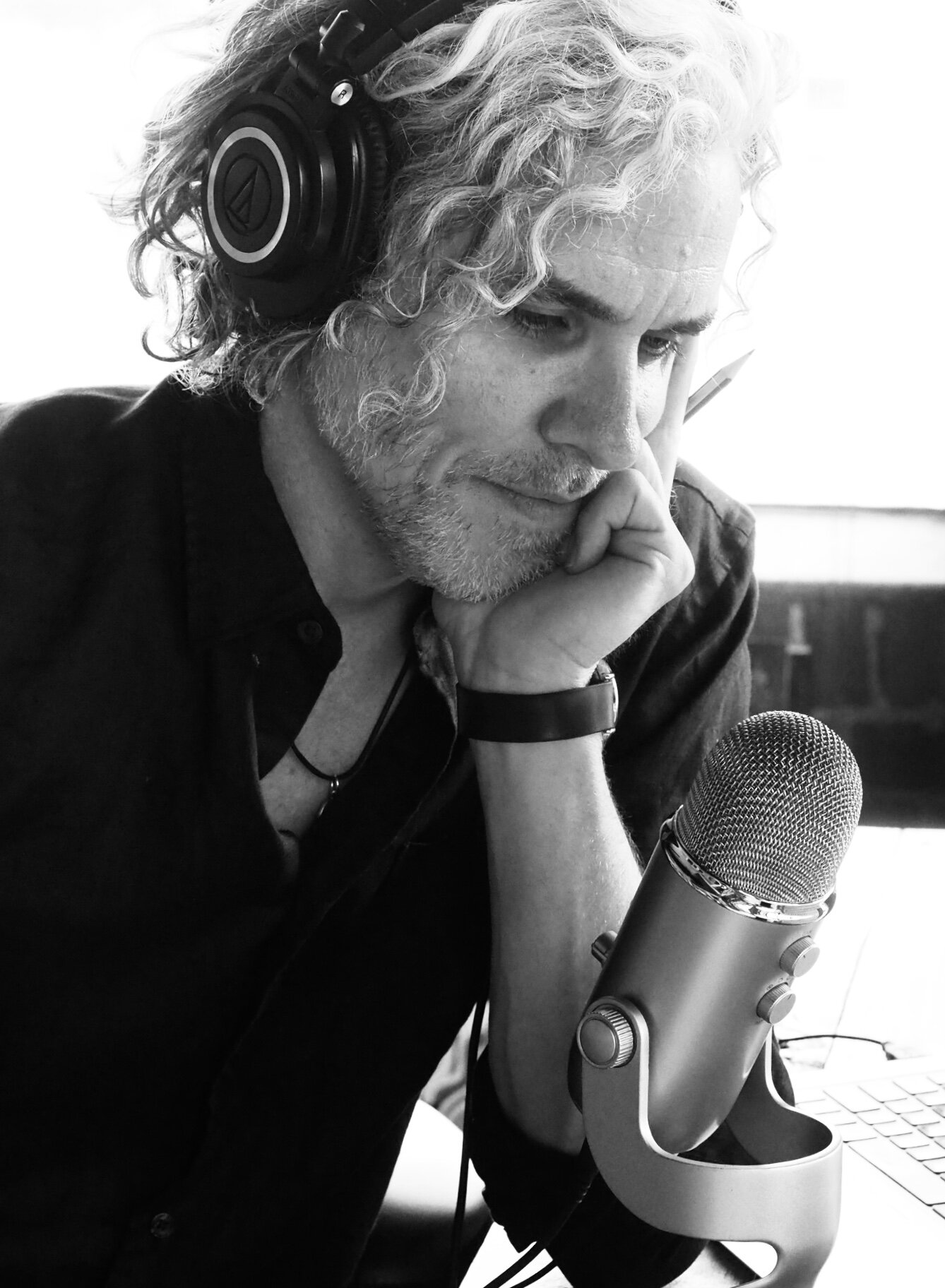The tumor in his two-year-old body is the size of a cantaloupe. It is not a solid round sphere but rather a gangly web of fingers that stretch hungrily across his abdomen. It has metastasized.
Cells, once proud nationalists, have mutinied.
Normal cells grow, divide, and eventually die, a miraculous, ordered perpetuity of life. Oncogenic cancer cells refuse to die and threaten a hostile takeover, igniting the rage of an aggressor, the insatiable desire of a squatter.
They travel through the bone marrow infecting his left femur and the soft tissue of the orbit behind his eyes. Multiplying rapidly, carving an edacious path across his body, reproducing spawn at an alarming rate of two hundred to one. Paradoxically, the second leading cause of death is comprised of living cells that refuse to die, inciting instead, a horde of invaders to ruinous rebellion, a violent civil war. The cancer has successfully conducted covert missions, a rapid successive claim of ill-gotten ground in less than two short years of his life.
"This is the mass we have discovered," the doctor flips the chart on the illuminated backboard that clips x-ray sheets. A grayish blotch covers the majority of the screen, the mass consuming the central area not unlike the continent of Asia across the rounded globes of schoolrooms. The atmosphere is sedated with breathless silence.
The physician unveils the battle plan. A quick and violent diagnosis requires an immediate, reciprocal response. It is war for war. Now that the face has a name, and the enemy is exposed, they begin to employ an envoy of treatments, fierce volleys of intense fighting designed for complete annihilation. The protocol consists of a rapid succession of fervent procedures: surgery, chemotherapy, surgery again, more chemotherapy with much higher doses rescued by stem cell transplants, radiation, and more chemo.
Darkness joins the horde of invaders and I am overwhelmed by the velocity, overcome by the alarm of a continual war fought through a series of independent battles, each malevolent, vicious, each its own universe of struggle. Union Army General William Sherman employed a similar tactic in his now famous "march to the sea", cutting a vicious swath of destruction across the heart of the south, 300 miles in length and 60 miles wide. He beat back the rebel spirit, battle after battle, while subjecting precious resources to ruin, subduing the seditious insurrection, but hewing a path of destruction along the way. "The aim of war is peace" John Donne declares.
I am warned: the cancer will masquerade. It evades retaliation and adapts and contorts, conforms for survival. It builds a new resistance, waging guerrilla warfare, fighting tactical, covert missions, seeking waterless places to inhabit.
I watch, reliant on strangers as they amass an envoy of destruction across seemingly tranquil lands, my tow-headed angel, unaware.
Fierce contrasts engage my mind.
Cancer develops when abnormal cells grow out-of-control. The carcinogenic cells collaborate within a consumptive framework, not to die, but to live. The cancer, in immeasurable bounds of desperation, seeks to live while destroying the life that sustains it.
The paradox is unseemingly frightful. With his still white baby teeth and green-blue eyes, the shock of his cognitive reason is spared and transferred to me. I watch as the ebullient ember of his soul rises within his bright smile. This small protected child sustains me from collapsing along with the walls that crumble within me.
The suffocating, sterile room pushes me outward, through the heavy ER doors, past the lingering patients in the lobby, running beyond the cars parked in their waiting, flying past all certainties, aimless.
It is a black night. Clouds swirl overhead like fog concealing the glittery diamonds that I know are there, obscured and enshrouded by midnight. I scan the sky for hope. Standing still, I search the sky slowly until my eyes find one, bright, single solitary star piercing the shadows. I invoke Keats to find the words I cannot as the silent night swallows my cry, "bright star, would I were as steadfast as though art."
“We want what the woman wanted in the prison queue in Leningrad, standing there blue with cold and whispering for fear, enduring the terror of Stalin’s regime and asking the poet Anna Akhmatova if she could describe it all, if her art could be equal to it.”
